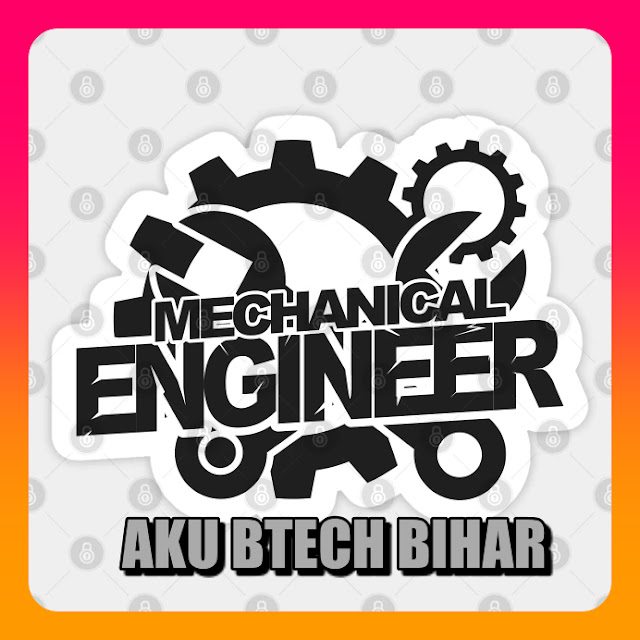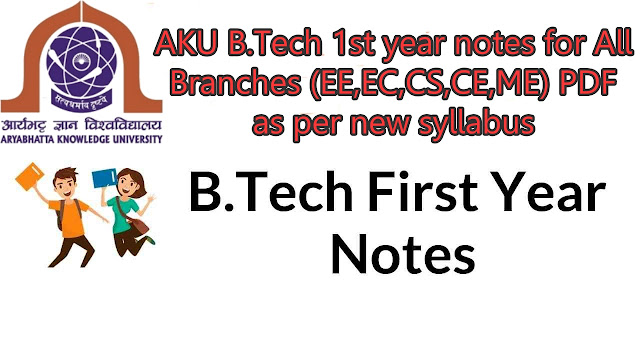NPTEL Introduction To Internet Of Things Week 2 Assignment Answers 2024
the NPTEL Introduction To Internet Of Things Week 2 Assignment stands as a crucial milestone for aspiring learners diving into the vast ocean of IoT knowledge. As technology continues to evolve, understanding the fundamental concepts of IoT becomes increasingly essential. This article is your guiding beacon, offering illuminating insights into NPTEL's Week 2 Assignment, empowering you to navigate through the complexities with confidence and proficiency.
NPTEL Introduction To Internet Of Things Week 2 Assignment Answers 2024
Exploring IoT Fundamentals
Embark on a journey through the foundational principles of IoT, unraveling its intricate web of interconnected devices and systems. Dive deep into the core concepts that form the backbone of IoT architecture, from sensor networks to data analytics, and grasp the underlying mechanisms driving this transformative technology.
IoT, an abbreviation for the Internet of Things, encompasses a vast network of interconnected devices, ranging from smartphones and wearables to industrial machinery and smart appliances. At its essence, IoT revolves around the seamless exchange of data between these devices, facilitated by sensors, actuators, and communication protocols.
Understanding Week 2 Assignments
Delve into the specifics of NPTEL's Week 2 Assignment, designed to reinforce your understanding of key IoT concepts and principles. From practical exercises to theoretical assessments, each task is meticulously crafted to challenge your intellect and expand your knowledge horizons.
NOTE:- Answers will be updated shortly and it will be notified in our Youtube & Telegram Group. So Join Now
1. The full form of MQTT is
a. Message Query Telemetry Transport
**Answer: b. Message Queue Telemetry Transport**
2. In MQTT, a ______________ controls the publish-subscribe messaging pattern.
a. Message Broker
**Answer: d. All of these**
3. Which of the following is NOT a Data Protocol in IoT?
a. MQTT
**Answer: d. None of these**
4. In MQTT for IoT, the Publishers are
a. Lightweight sensors
**Answer: d. None of these**
5. Which of the following is NOT a method in MQTT?
a. Break
**Answer: d. None of these**
6. Which of the following protocols in IoT have been designed for Machine to Machine (M2M) applications such as smart energy and building automation?
a. MQTT
**Answer: d. All of these**
7. Similar to HTTP, CoAP utilizes which of the following for operation?
a. GET
**Answer: d. All of these**
8. What is the full form of XMPP in IoT?
a. Extensible Markup Page Processing
**Answer: c. Both (a) and (b)**
9. State whether the following statement is True or False.
Statement: XMPP is an open standard protocol.
a. True
**Answer: a. True**
10. What is the full form AMQP in the context of IoT protocol?
a. Another Message Queuing Protocol
**Answer: c. Advanced Message Queuing Protocol**
11. What is the basic unit of data in the AMQP protocol?
a. Chunk
**Answer: c. Frame**
12. Which of the following is/are exchange types in AMQP?
a. Direct
**Answer: d. All of these**
13. IoT networks can be classified in which of the following type/types?
a. Non-Beacon Enabled
**Answer: d. Both (a) and (b)**
14. The OSI model has __________ layers.
a. 6
**Answer: b. 7**
15. The “Destination Address” in the IPv4 packet represents which of the following?
a. The destination node address of the packet
**Answer: c. Both (a) and (b)**
.png)




